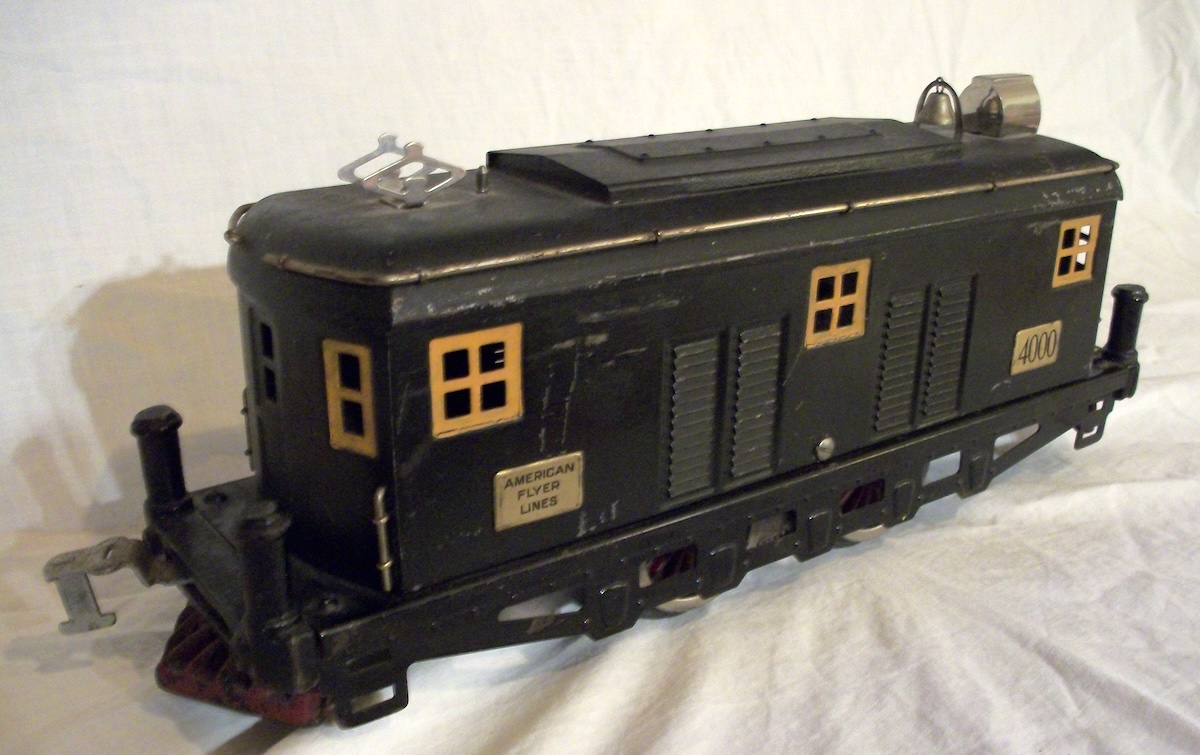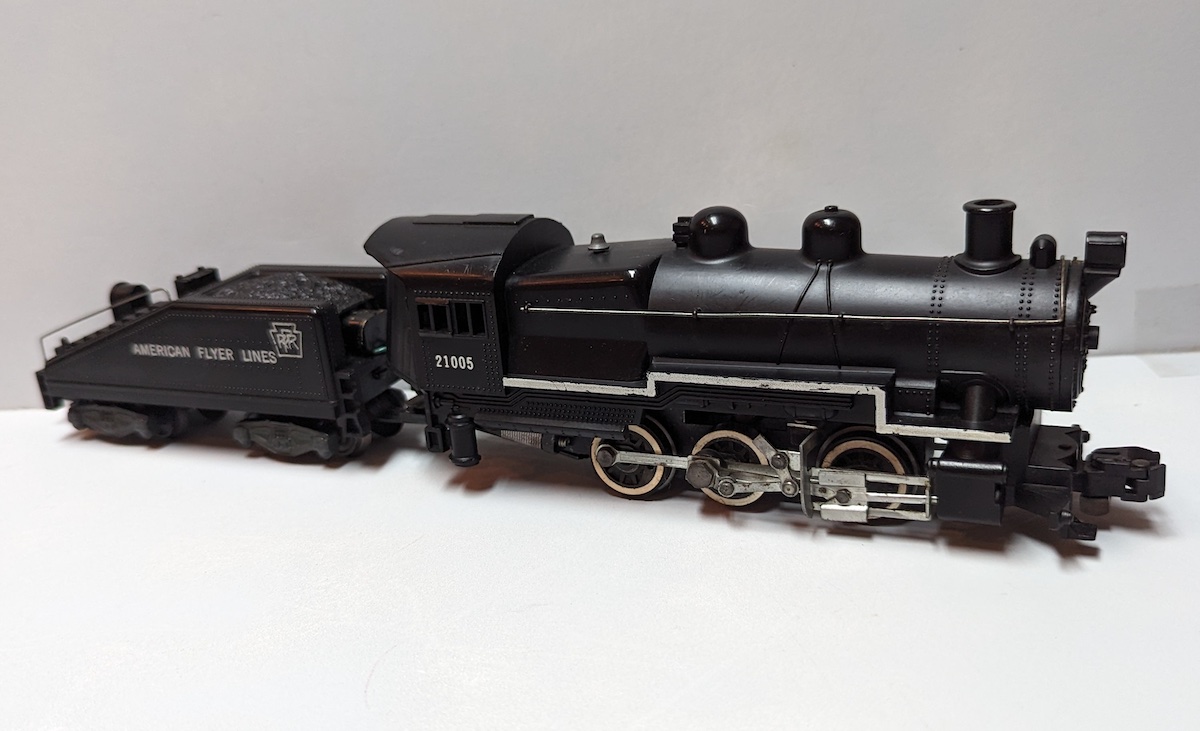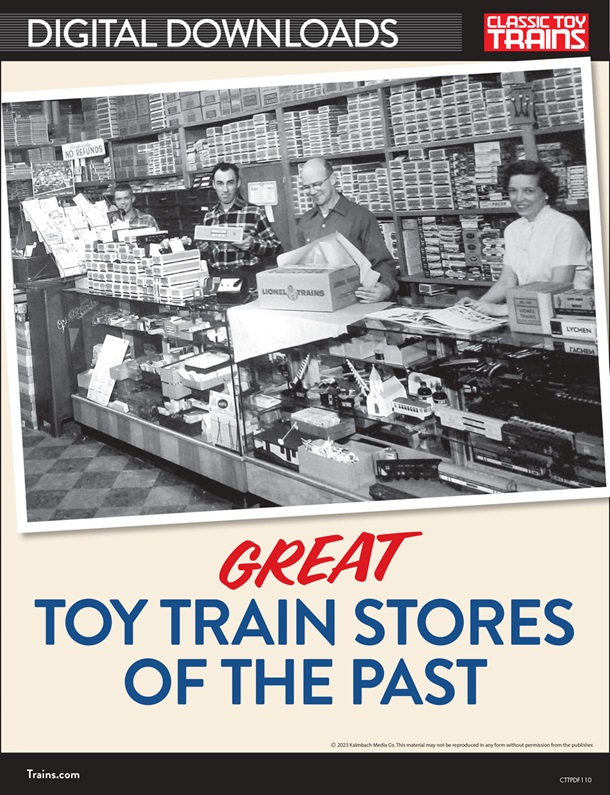I found this manuscript from the late John Grams in our manuscript files. There was no date on the envelope but it’s likely from the early 1990s. The article discusses 12 Lionel products that, while great inventions, were fraught with problems or didn’t work exactly as advertised. He included the following disclaimer:
Lionel trains were sold as toys. They were fun, fairly reliable and expensive playthings, manufactured with no thought beyond that purpose.They were not supposed to be precision scale models. That was an entirely different thing. While they were durably constructed, the trains were not intended to outlast the interest span of their young owners. No one considered them to be objects of popular art or future collectibles.
The toy business has always been a fickle one, trendy and highly competitive. J. L. Cowen not only had fine quality imports to worry about as he built his business, the domestic competition from Ives, American Flyer, and Marx must have contributed significantly to his stress. While Lionel was eventually able to absorb Ives and Flyer, Marx was still there gobbling up the low price, high volume end of the market.
The trains were not designed and produced by Santa’s helpers at the North Pole, but by flesh and blood human beings on an assembly line in New Jersey. Mistakes happened. Flaws and defects were sometimes overlooked.
I will be sharing these items over the next few weeks. I hope you enjoy them. –Rene Schweitzer, Editor of Classic Toy Trains
Lionel’s Magne-Traction

This comes from the memos of Maury Romer. While he was in an excellent position to scrutinize Lionel’s products carefully from his office at A. C. Gilbert, Mr. Romer represented the competition and had a vested interest in minimizing them. Although it hasn’t been corroborated by any other source, there is no reason to doubt his candor or the basic truth of this story.
According to Romer, “Magne-Traction,” Lionel’s much heralded and advertised development to improve locomotive pulling power was born out of the necessity to cover a mistake. It seems that the first run of one of the early “Scout” sets had lightweight plastic engines in them that couldn’t muster up enough tractive force to pull their trains. Even when shoved to get them started, the locomotives would stall after one or two trips around the track, and·sit there with their wheels spinning.
Lionel recalled all of the sets, and in order to salvage the production run, removed one driver, bored a hole in the locomotive mechanism and inserted a small bar magnet to give it the needed traction.
Romer pointed out that real railroads had experimented with the use of magnetic forces to 1mprove tractive effort as early as the nineteenth century. This stopgap remedy apparently worked so well that Lionel decided to capitalize on it, turning a weakness into a strength. Eventually most of Lionel’s locomotives were equipped with bar magnets in parallel with the axles.














